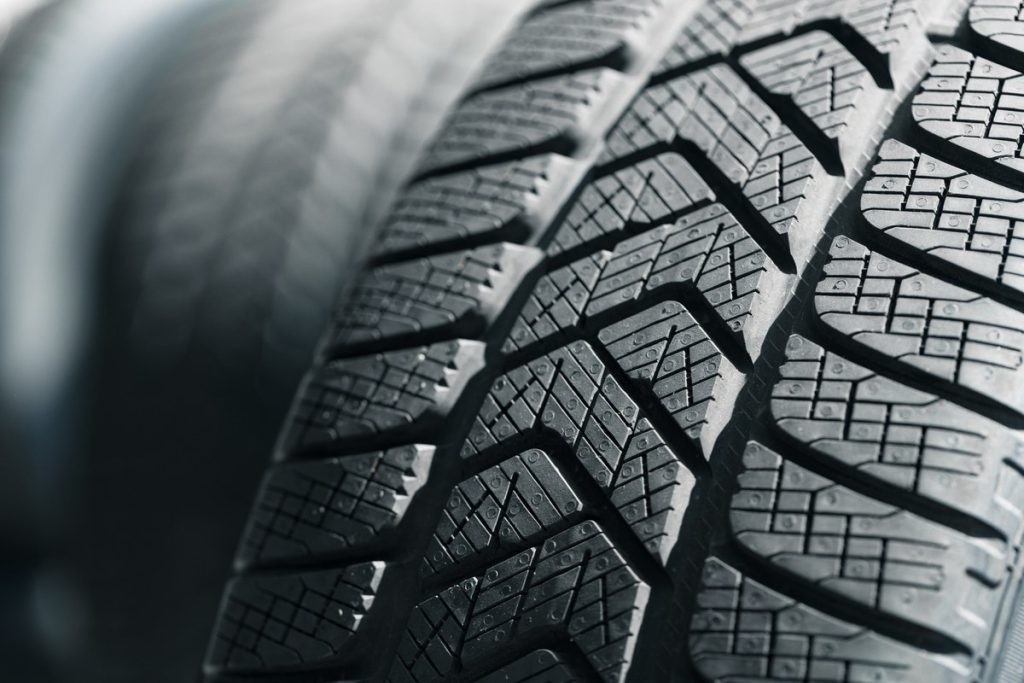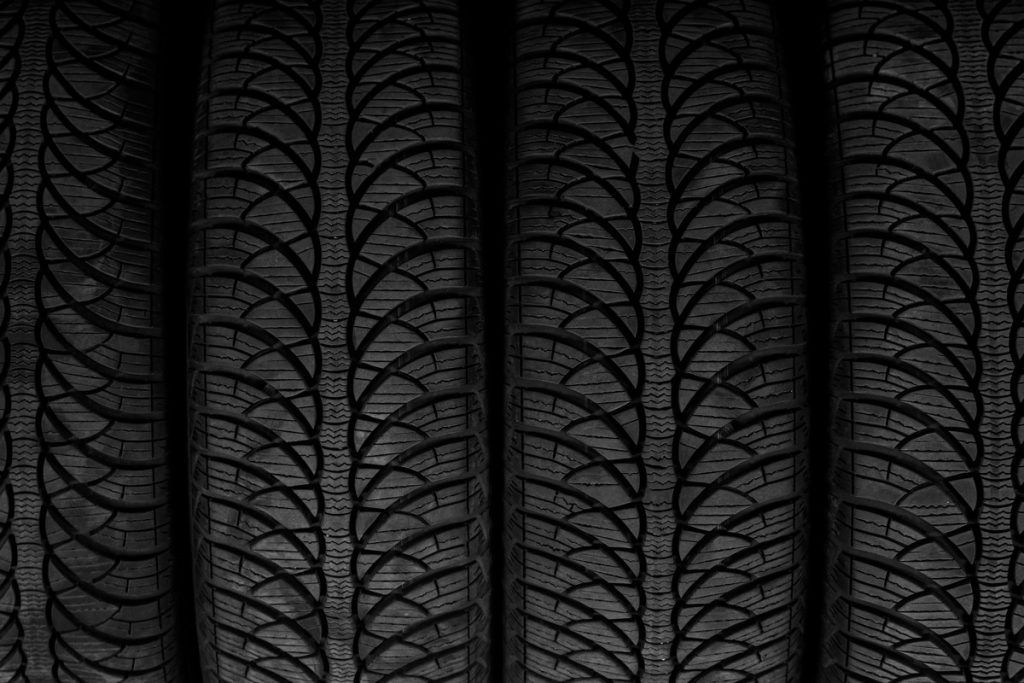When your car has a tyre puncture, the first thing you think about is how soon your tyre will go completely flat. There is never a convenient time to get a flat, and having to replace a flat with a new tyre is not ideal.
So it’s important to pay attention to any suspected tyre punctures so that they don’t lead to a flat and, more importantly, because driving with tyres that are slowly losing air pressure can be dangerous.
How do I know if my tyre is punctured?
There are several ways to tell if you have a punctured or damaged tyre:
- Change in handling – if your car is pulling to one side, if there is any vibration you can feel from the steering wheel, or if your steering isn’t as responsive as it should be, there may be a puncture in one of your tyres
- Unusual sounds – If you hear a hissing noise, that may be air escaping from a puncture in a tyre.
- Visual inspection – Take a close look at your tyres for damage, debris, a nail, glass or any other sharp object lodged in the tyre tread (don’t forget to roll your car forward so you can check the full surface of each tyre).
- Change in pressure – If one of your tyres loses air pressure at a different rate from the other tyres, there may be a puncture.
Can all punctured tyres be repaired?
Many punctured tyres can be repaired. It depends on the type of puncture and where it is.
Generally speaking, a puncture in the sidewall or in the shoulder area of a car tyre cannot be repaired. Damage in these areas will likely weaken the overall structure of the tyre, therefore compromising its safety. The tyre will need to be replaced.
A puncture in the tread area of a tyre can often be repaired. This is provided that the puncture isn’t too large for a safe puncture repair to be used.
What is the process of repairing tyres?
There are a few different ways of repairing a tyre puncture:
- DIY repair kit – This is a puncture repair kit that enables you to temporarily repair a puncture yourself. The kit consists of a sealant or an expanding foam that you squeeze into the punctured tyre through the valve. The foam plugs the puncture temporarily until you can have it properly repaired or changed. It’s not meant to be a permanent fix – it allows you to repair the puncture long enough for you to drive your car to a technician who can then professionally repair or replace the tyre as needed.
- Patch kit – This type of puncture repair kit contains patches in different sizes that you can use to temporarily plug the puncture and stop any more air from escaping. Again, it’s important that you get your vehicle safely to the technician to have the tyre repaired or changed.
- PRP / Puncture Repair Plug / “mushroom” plug – this type of tyre puncture repair is done by a professional. The steps involve dismantling the tyre, examining and checking the inside of the tyre for damage, tapping/filling the hole, inserting the PRP from the inside and glueing it in place to create a complete seal.
How long should a set of car tyres last?
It’s important to know that once a tyre has been repaired once from a puncture, it should not be repaired again. If the same tyre gets another puncture, it’s time to replace the tyre to ensure your safety on the road.
Without any punctures, however, new vehicle tyres should last quite a while as long as you look after them. Tyre manufacturers will often suggest that new tyres will last up to ten years – however, ten years is the upper limit. If you’ve purchased a used vehicle, we recommend you have a technician assess the condition of the tyres and whether they need replacing.
Proper care of your tyres means having them regularly checked (check the tyre pressure, check for damage or punctures), having regular tyre rotations and regular wheel alignments.
The best way to extend the life of your tyres is to have them regularly checked, maintained and rotated. It’s also important to have regular wheel alignments. Regular vehicle servicing will also help keep your tyres in good condition for longer.
Can car tyres be recycled?
In New Zealand, you cannot put tyres into your household rubbish or recycling. You need to take them to a technician who can safely and legally get rid of them for you. Bear in mind that it is common practice for you to be charged a disposal fee (which will soon be replaced with a tyre stewardship fee).
Tyres are considered a “priority product for regulated product stewardship” under the NZ Government’s Waste Minimisation Act 2008. This is part of a wider plan to reduce the amount of rubbish ending up in landfills or polluting the environment.
As part of this plan, an organisation called Tyrewise has been set up to manage the disposal of tyres in NZ. Scheduled to begin sometime in 2024, the tyre stewardship fee will be paid when a tyre is bought, and Tyrewise will take care of it at the end of its life.
More information can be found on the Tyrewise website here: www.tyrewise.co.nz
The best thing to do if you need any help with your tyres is to get in touch with our tyre service.
For more information about any of our tyre services, get in touch with the friendly team by calling 0800 227 762 or email [email protected] for professional and friendly car servicing advice.

